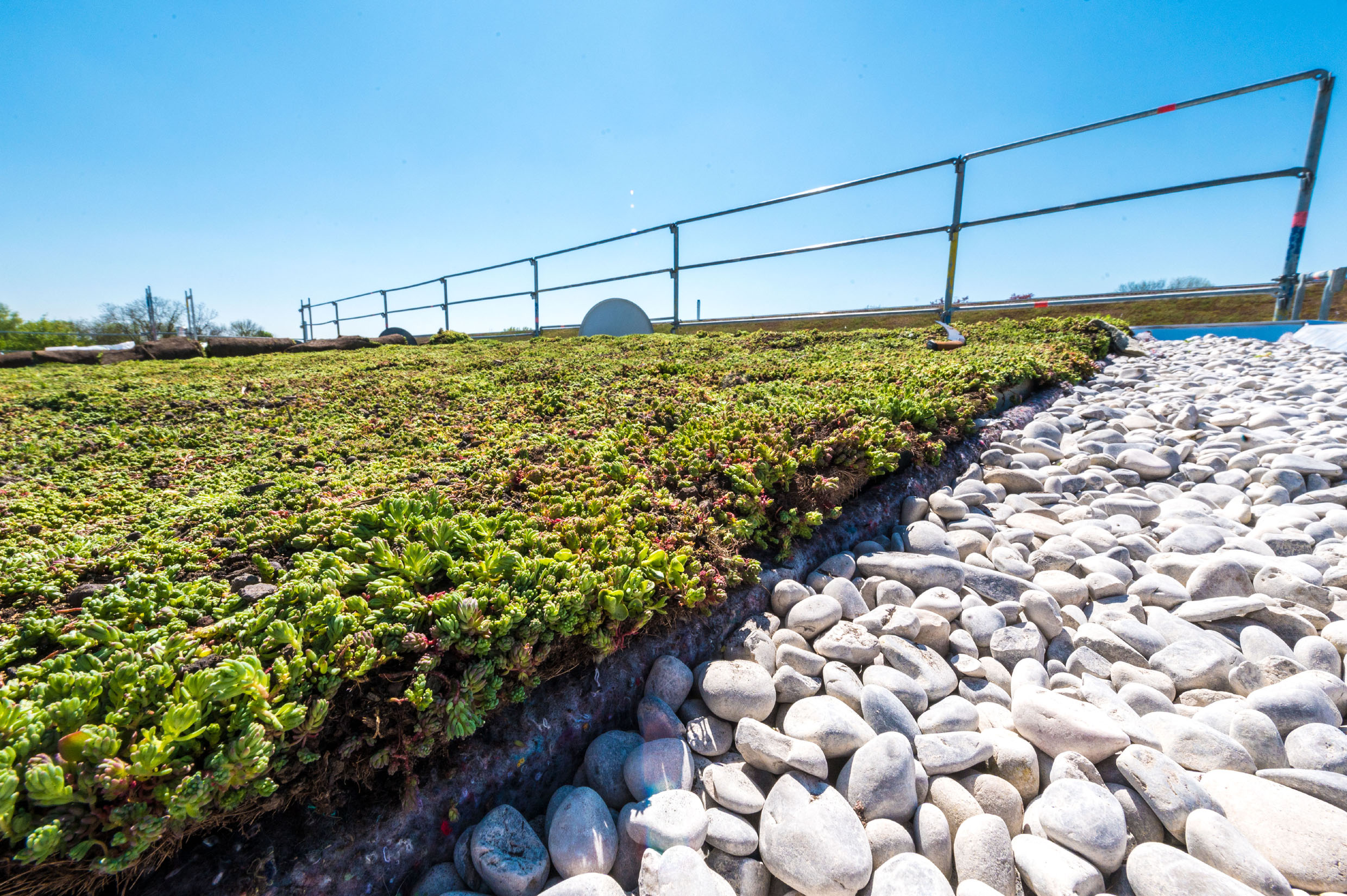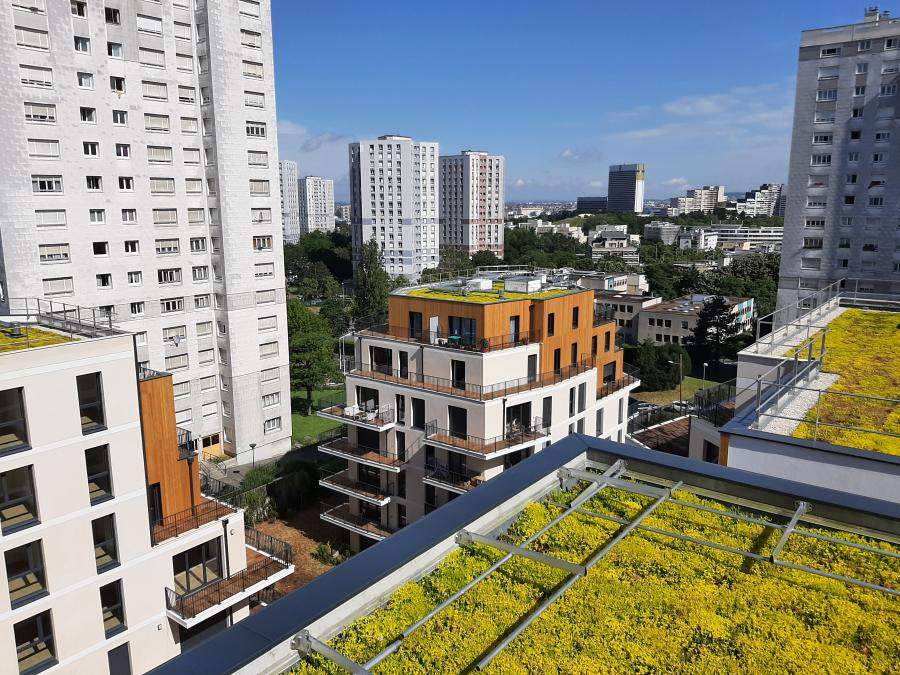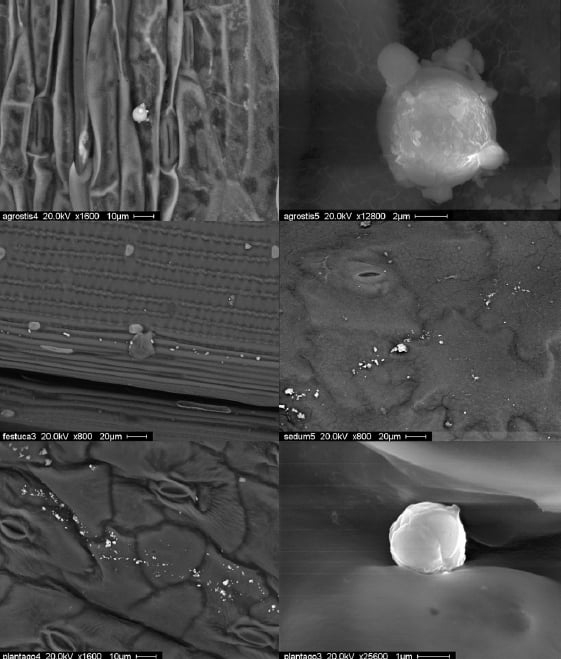The quality of the air we breathe on a daily basis has a great effect on our overall health and well-being. However, due to our contemporary way of life, air quality is often compromised.
The World Health Organization estimates that up to 10 million deaths per year are caused by outdoor air pollution (1). Air pollution also contributes to the depletion of the ozone layer, the formation of acid rain, and global climate change (2). The most common health problems occurring from air pollution are respiratory diseases, as well as an increased risk of cardiovascular disease (3). The increased costs of health care due to air pollution in Canada, for example, are estimated at 500 million dollars annually, and an additional 370 million dollars are lost due to reduced productivity, not to mention the estimated 9500 premature deaths per year due to air pollution. (3). Recent studies also reveal the negative effect of some air pollutants on COVID-19 infection (2).
Besides the well-known negative effects of CO2, the main components of urban air pollutants that pose a hazard to human health and the environment are carbon monoxide (CO), sulfur dioxide (SO2), ozone (O3), nitrogen dioxide (NO2), fine particle matter (PM) with a diameter of fewer than 10 μm PM10, and fine particles less than 2.5 μm PM2.5 (2). Particles smaller than 10 μm (PM10) can penetrate deep into the lungs, where any metals, such as iron and copper, can cause inflammation. Man-made sources of pollution in urban areas include traffic fuel combustion, particularly diesel, and the component wear of brakes and other car parts. Traffic also suspends dust particles that are likely to contain metals, polyaromatic hydrocarbons (PAHs) and sulphides that are toxic or even cause cancer (4). Nitrogen oxides (NOx) resulting from the combustion of fossil fuels can form ground-level ozone (O3) that results in respiratory problems, premature deaths, and even reductions in crop yields (3).
Traditional pollution-control strategies focus on controlling the source of air pollutants. Such strategies can decrease the emission of new air pollutants, but they do nothing to combat the extant pollutants. Therefore, we still need to find ways to capture and store the environment’s existing air pollutants (4).
Green infrastructure can help in two different ways - by minimizing the negative environmental impacts of buildings, such as CO2 emissions, and by removing particle matter (2). They can reduce a building's energy demand by improving thermal insulation and mitigate air pollution by absorbing the pollutants that are deposited on the surface of leaves (1).

Why Not Just Plant Trees?
The large leafy area and turbulent air movement caused by their structure make trees particularly effective for particle removal. However, space in cities is at a premium – both rare and expensive (4). Although trees are a very effective strategy for controlling pollution, planting trees in crowded cities is challenging. Thus, in metropolitan areas, green roofs can be an alternative solution by making use of rooftops (1), as roofs can form up to 35% of the total urban land area (4). Green roofs are therefore practical and environmentally friendly architectural solutions that can contribute to air quality improvement, especially in an air-polluted metropolis, where space is scarce and expensive (2).
How Green Infrastructure Can Help Reduce CO2 levels.
Green roofs can play a part in reducing CO2 in the atmosphere in two ways – directly, as well as indirectly.
- First, vegetation directly decreases CO2 in the air through photosynthesis, storing the carbon in plant tissue and roots naturally (3, 4). Scientists Changfu Liu and Xiaoma Lia reported that carbon storing rates of different extensive GR configurations ranged from 4.77 to 7.11 kg per square meter annually (4).
- Second, urban vegetation indirectly can reduce the amount of heat absorbed by the buildings, reducing the building’s cooling demand (4). Green roofs can decrease the urban heat island (UHI) effect by increasing evapotranspiration – the process of plant breathing, which also cools buildings during hot summers. A green roof also allows buildings to better retain their heat during the cooler winter months while absorbing solar radiation through photosynthesis and reflecting solar radiation (2). Thus, the buildings’ total energy consumption can be reduced. In this fashion, there will be less need to burn fossil fuels to produce energy, further reducing CO2 emissions around the world (4).
 Urbanscape® Green Roof Premium Air System on residential buildings in Nanterre, France
Urbanscape® Green Roof Premium Air System on residential buildings in Nanterre, FranceWhen the effects of green roofs on the energy balance are assessed with a building energy model, a 2% reduction in electricity consumption and a 9-11% reduction in natural gas can be observed. Based on this model, a generic building with a 2000 m2 green roof would result in annual savings ranging from 27.2 to 30.7 GJ of electricity and 9.5 to 38.6 GJ of natural gas, depending on climate and green roof design. As an example of these potential emission savings; the campus of Michigan State University in East Lansing has 1.1 km2 of flat roof surface. If all of these roofs were greened, they could avoid 3,640,263 kg CO2 emitted per year in electricity and natural gas consumption combined. This is the equivalent of taking 661 vehicles off the road each year (3).
How Much Particle Pollution Can Be Mitigated by Green Roofs?
According to some studies, up to 22.8 kg/ha/year of NO2 and around 44 kg/ha/year of O3 can be eliminated using green roofs (1). Results of course vary according to the type of green roof used, the climate and the environment where it is placed.

For example, researchers led by Jun Yang (2008) found that 1,675 tons of air pollutants, such as NO2, SO2 and PM10 were removed by 19.8 ha of green roofs in Chicago in one year, with PM10 accounting for 14% of the total (4). They further estimated that 1,835.23 metric tons of all pollutants could be annually mitigated in Chicago if the roofs in this city were completely covered with green roofs (2). Researchers Beth Anne Currie and Brad Bass (2008) estimate that the city of Toronto could avoid 7.87 metric tons of air pollution Toronto by implementing 109 ha of green roofs (2). As much 58 metric tons of air pollutants could be removed if all the roofs in the city were converted to green roofs (4). Assuming that Paris has around 76 ha of green roofs and walls, one can estimate that 0,683 tones NO2 per year and 1,037 tones of O3 of year can be mitigated when using the most efficient plant species, like sedum sexangulare, thymus vulgaris, and heuchera americana L (1).
Therefore, tests show a definite effect of green roofs on particle matter mitigation, especially when planned and implemented efficiently and in accordance with their environmental context. More and more researchers are dedicated to finding the best strategies to improve their performance and in the future, we can expect green roofs to play a significant part in sustainable city planning.
Want to know more?
Access the Urbanscape PET Report for selected cities now and understand the performance of green roofs benefits beter!
Read more about How Green Roofs contribute to final Green Building Ratings and download the product data there!
Check Urbanscape EPD - transparent declaration of the life-cycle environmental impact of a green roof!
Or simply download the Urban Smart Magazine and find out what's new in the Green Roofing Industry.
SOURCES:
(1) Yara Arbid, Claire Richard, Mohamad Sleiman (2021). Towards an experimental approach for measuring the removal of urban air pollutants by green roofs. Building and Environment 205, 108286
(2) S. Hamed Banirazi Motlagh, Oriol Pons, S. M. Amin Hosseini (2021). Sustainability model to assess the suitability of green roof alternatives for urban air pollution reduction applied in Tehran. Building and Environment 194, 107683
(3) D. Bradley Rowe (2011). Green roofs as a means of pollution abatement, Environmental Pollution 159, 2100-2110
(4) A.F. Speak, J.J. Rothwell, S.J. Lindley, C.L. Smith (2012). Urban particulate pollution reduction by four species of green roof vegetation in a UK city, Atmospheric Environment 61, 283-293



